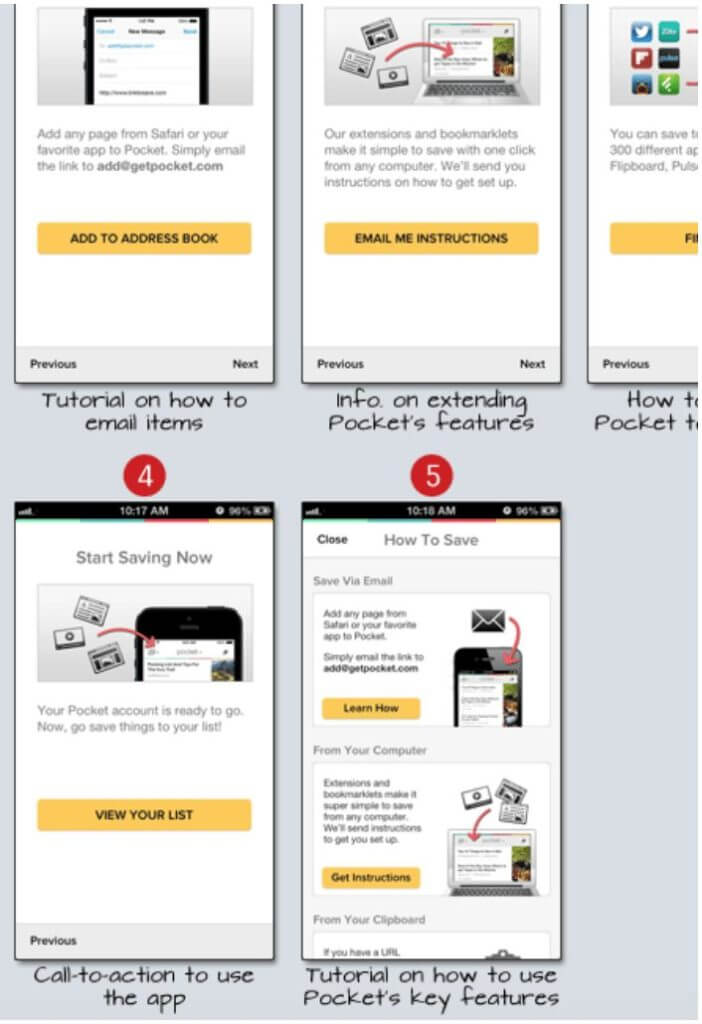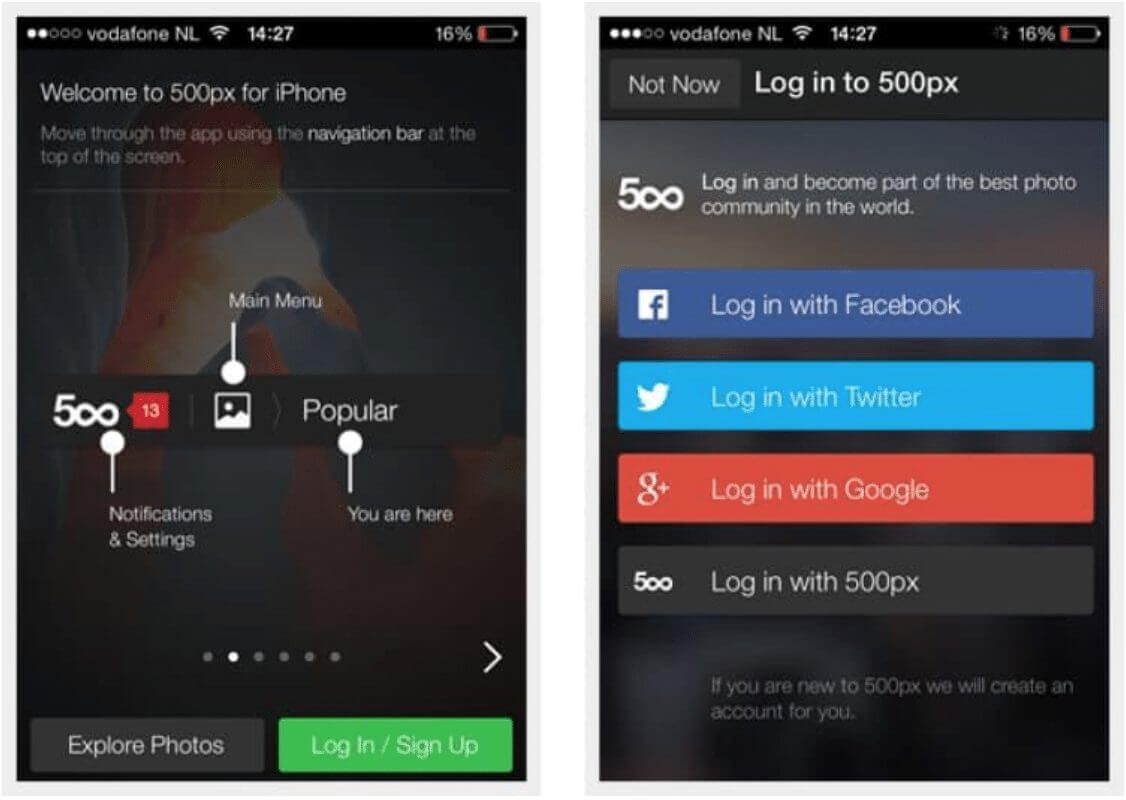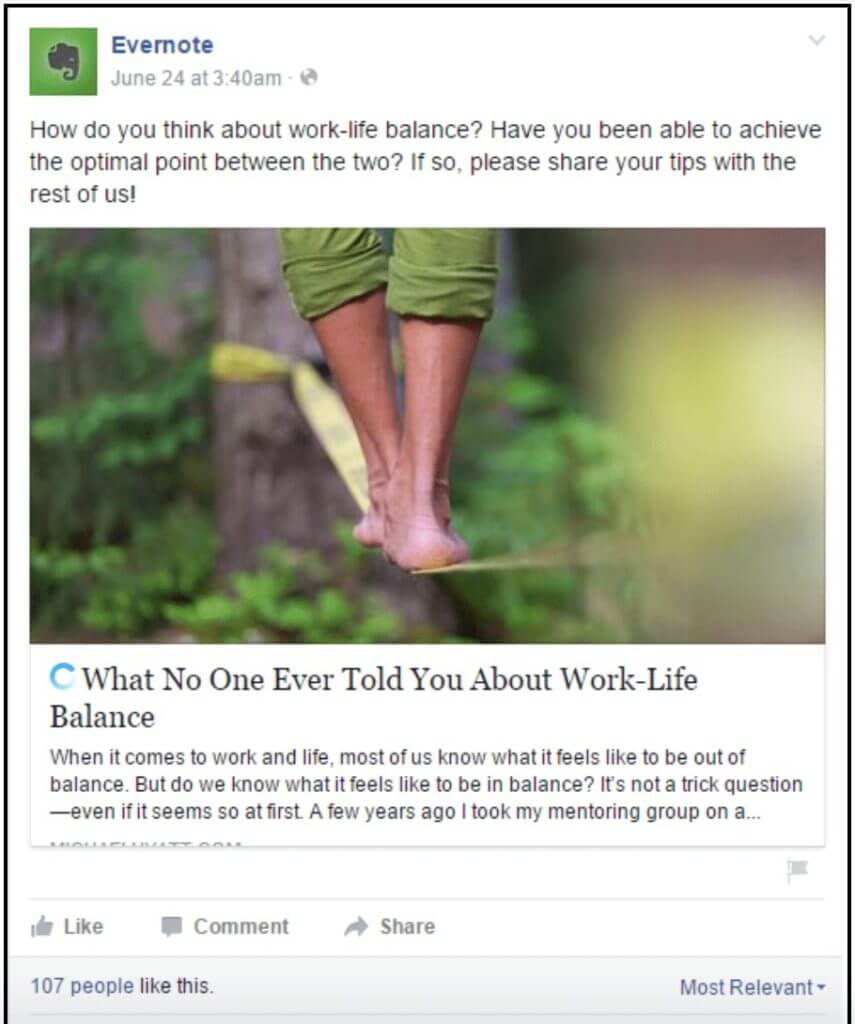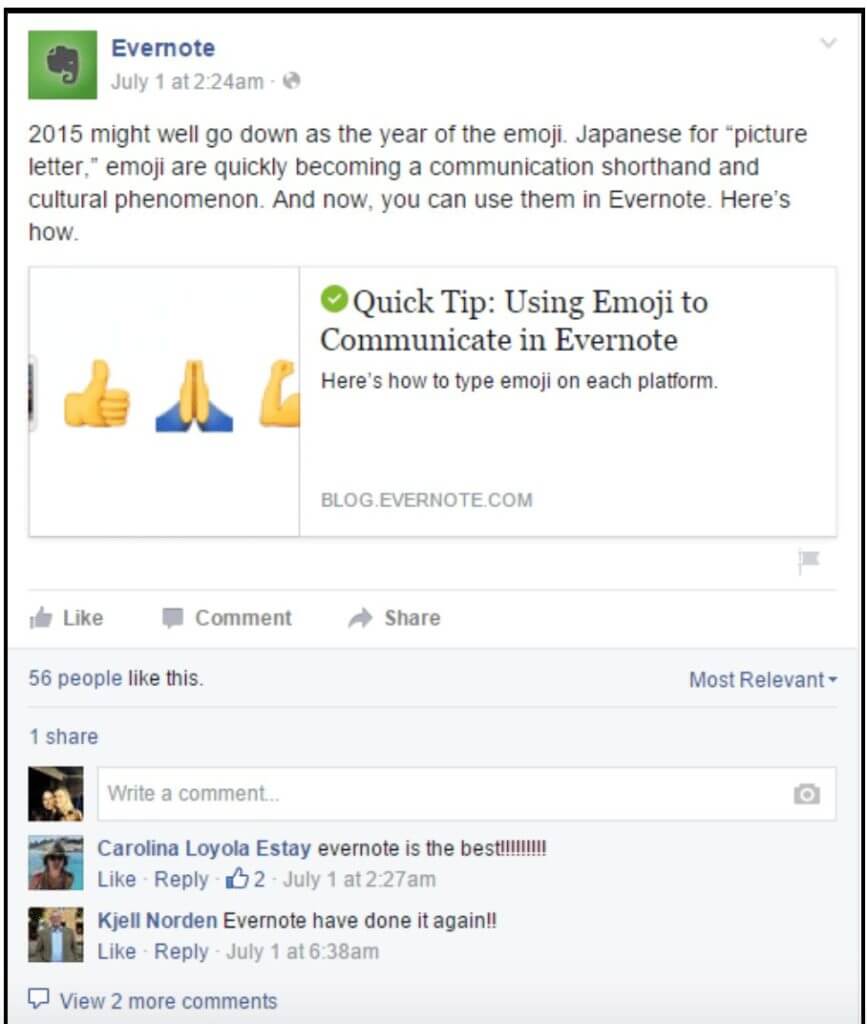Building a mobile app is akin to build a tech startup.
As an entrepreneur you will have to look into the app development, design, marketing, human resource management, finances and with every passing day your job doesn’t become any easier.
Mistakes are bound to happen, which are an integral part of running a startup. Some though, are completely avoidable. A founder often gets carried away in making certain decisions which could have a negative impact on the way your company will grow.
My goal here is to point out the 4 fatal app marketing mistakes significant enough to limit the growth of your app and how to avoid them.
Mistake 1 – Failing to nail App Store Optimisation (ASO)
63% of all mobile apps downloaded are found by users browsing through the App Stores, reports Forrester’s App Discovery Report. For you, this means since most people search for new apps in the app store itself, you cannot afford to miss out on ASO.
Solution – The title of your app is the single biggest discoverability driver. Suppose people are searching for a to-do-app. They would search for a “to-do-list-app”. Make it easy for them to search for your app quickly by including the exact words in your title. For example, Any.do app. Any one searching for a to-do-app is bound to come across it in the app store.
Use effective keywords while submitting the app to the app store. Focus on relevance and search volume. Thoroughly research on the keywords your competitors use.
When your app shows up in the search results, the app icon plays an important role in attracting the user attention and influencing them to download the app. Simple strategies such as – solid colors and designing the icon consistent with the app design make a great difference. Take care not to use any words in the icon. The Icon Gallery has numerous icons listed for further reference.
Mistake 2 – Failing to focus on app onboarding
Getting users to download your app is a task in itself. The last thing you would want is to let the hard work go down the drain – when the user doesn’t use the app. 25 percent users abandon an app after a single session, reports Localytics. Which means the first few minutes of a user experience determines whether they would become a loyal customer or never use it again.
81 percent users claim an app needs to make a good first impression if they are to continue using it, reports Foolproof.
Solution – Keep the onboarding process short. Quickly demonstrate your app’s core values and the benefits the user gets. Showcase the key strengths of your app in a lean way. Reduce the time to convey the value to a few seconds.
Productivity app Pocket shows how to use the app with a series of 5 static screens.
Additionally, login and registration can be a tedious task for most users. This could be a big turnoff for new app users.
56 percent users say they did not sign up for an app or mobile service because the registration process was time consuming, reports Foolproof. The solution here is social logins. Give your users an option to link their account to their social networks. In a matter of seconds they can connect with your app.
500px gives the user 3 options for social login along with the forth option to create an account with email address. The user can choose the option as per their convenience.
Mistake 3 – Missing out on a sound social media strategy
45 percent companies using social media have found it helps them reduce their marketing costs, reports QuickSprout. 24 percent businesses who use it specifically for lead generation have observed an increase in revenue. Missing out on a social media strategy for your app means you are losing the opportunity to take your app on platforms where you audience hangs out.
Solution – Pick out the social media channels where your audience resides. Consistently post useful, entertaining and insightful content for the interested and potential audience and the users. This will also boost your search engine rankings.
Get creative with posting on social media. Regularly post special offers and reward the audience for sharing your content. Promote the latest version of the app, run contests, post motivational quotes – you can take on social media in many ways to re-engage the audience’s interest consistently.
The theme of the posts revolves around work-life balance, communication trends, writing and so on.
Evernote is not necessarily selling itself through the posts. It is engaging the target audience and nurturing them so that when the time is right, users downloading the app won’t just use it for the sake of using it but also derive value from it.
Mistake 4 – Ignoring app localization when launching in other geographies
Asia’s mobile share of web traffic grew more than 192 percent in the past two years, reports Smart Insights.
Opening your app to a specific foreign market can boost downloads significantly by 128 percent and revenue by 26 percent for each country added through app localization, reports Distimo.
The three largest mobile markets are China, India and United States, with China having more than a billion users, reports eMarketer. Thinking your user is searching for your mobile app only in English is pretty naïve.
Solution – Why limit your app to just one country? 75 percent consumers prefer to buy products in their own language, reports Can’t Read, Won’t Buy.
With smartphone penetration increasing in China, India, Japan, Russia, Spain and Brazil, this is your opportunity to build a sustainable business in other geographies.
Start with countries with have a high penetration of smartphones and app usage and the ones growing at a rapid speed.
Then on, if your app falls in the dating category. Look for countries with a high usage of dating apps on their mobile devices.
The degree of localization, whether to completely or partially localize your app depends on the resources available. Understand your market to see the degree of localization your app will require.
If you decide to fully localize the app, consider customizing the design based on the text being translated. While Korean, Swedish and Danish may contract the text up to 20 percent, German, French and Italian expand by 20 percent.
The colors, icons and symbols which work for one country may not be acceptable in another. Consider localizing all these aspects early in your app marketing lifecycle.
Over to you: Spend time from the very onset in planning out a powerful app marketing strategy. Avoid these 4 common marketing mistakes to boost your app’s chances of success.





